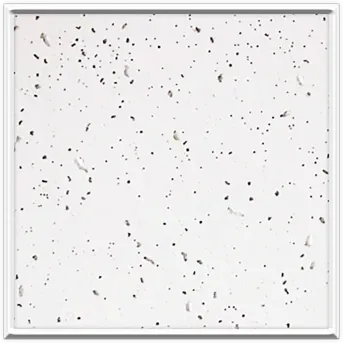- Afrikaans
- Albanian
- Amharic
- Arabic
- Armenian
- Azerbaijani
- Basque
- Belarusian
- Bengali
- Bosnian
- Bulgarian
- Catalan
- Cebuano
- Corsican
- Croatian
- Czech
- Danish
- Dutch
- English
- Esperanto
- Estonian
- French
- German
- Greek
- Hindi
- Indonesian
- irish
- Italian
- Japanese
- Korean
- Lao
- Malay
- Myanmar
- Norwegian
- Norwegian
- Polish
- Portuguese
- Romanian
- Russian
- Serbian
- Spanish
- Swedish
- Thai
- Turkish
- Ukrainian
- Uzbek
- Vietnamese
dec . 03, 2024 11:15 Back to list
what is ceiling grid made of
What is Ceiling Grid Made Of?
A ceiling grid is an important component in modern architectural design, typically used to support ceiling tiles or panels while providing both functionality and aesthetic appeal. In commercial, institutional, and residential settings, it plays a crucial role in the overall design of a space. Understanding the materials used in ceiling grids is essential for making informed decisions about installation and maintenance.
At its core, the ceiling grid consists of a system of metal channels and support structures that create a framework for hanging ceiling tiles. The most common materials used to manufacture these grids are aluminum, steel, and, in some cases, plastic or fiberglass.
Metal Grids Aluminum and Steel
1. Aluminum Aluminum ceiling grids are lightweight, rust-resistant, and easy to install. This versatility makes aluminum grids a popular choice for areas that may be exposed to moisture, such as bathrooms, kitchens, and commercial buildings where humidity levels can fluctuate. Additionally, aluminum grids can be finished in various colors and textures, allowing for creative design options.
2. Steel Steel is another widely used material for ceiling grids, known for its strength and durability. Steel grids are usually coated with a layer of galvanization or powder coating to enhance their resistance to rust and corrosion. They are often preferred for industrial applications where heavier ceiling tiles might be used, as they can withstand greater loads. Steel grids may also offer sound-dampening properties, making them suitable for environments that require acoustic control.
what is ceiling grid made of

Plastic and Fiberglass Grids
In some scenarios, especially in light-duty applications or in areas where corrosion resistance is crucial, plastic or fiberglass ceiling grids may be utilized. These materials are typically lighter and can be molded into various shapes and designs. They are particularly useful in settings like food production areas or laboratories, where hygiene and ease of cleaning are paramount. However, they may not offer the same level of structural support as metal grids, making them less common in commercial applications.
Grid Configuration and Design
Ceiling grids are typically designed in a standard layout of 2x2 or 2x4 foot modules, which provides a uniform appearance and makes installation simpler. The grid comprises main runners (the longer sections) and cross tees (the shorter sections that connect to the main runners). The construction of the grid ensures that the weight of the ceiling tiles is evenly distributed, preventing sagging and ensuring a long-lasting ceiling structure.
Conclusion
In conclusion, the materials used to create ceiling grids significantly affect the performance, appearance, and longevity of the ceiling system. Options range from lightweight aluminum to robust steel, or even specialized plastics and fiberglass for specific applications. When choosing a ceiling grid, considerations such as the environment, load requirements, and aesthetic preferences should be taken into account. As technology continues to evolve, the materials and designs of ceiling grids will undoubtedly progress, offering even more functionality and design flexibility to architects and builders. Whether for soundproofing, moisture resistance, or visual appeal, ceiling grids are pivotal in creating functional and engaging spaces.
-
PVC Laminated Gypsum Ceiling Board OverviewNewsApr.11,2025
-
Mineral Fiber Ceiling Tiles Price Analysis and ComparisonsNewsApr.11,2025
-
Crafts of Mineral Fiber Ceiling Tile ManufacturingNewsApr.11,2025
-
Difference Between Gypsum and PVC CeilingNewsApr.11,2025
-
An Overview of Mineral Fiber Ceiling TilesNewsApr.11,2025
-
Advantages of PVC Gypsum CeilingNewsApr.08,2025







